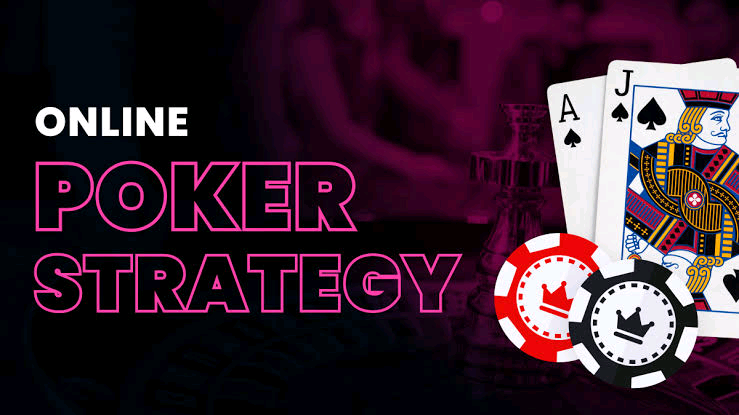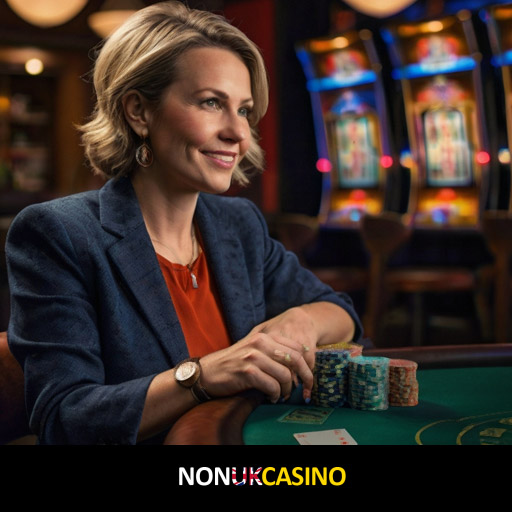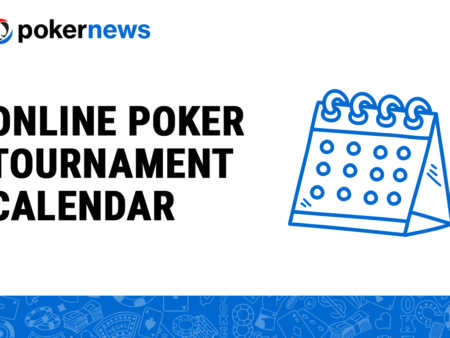
Bluffing is a term you’ve likely heard, whether you’re new to the game or a seasoned card player. In poker, bluffing is not just a random act of deception but a strategic tool that can tip the scales in your favour.
Understanding Bluffing Basics
To help you fully grasp the art of bluffing, here’s what you need to know:
Bluffing is a Strategic Ploy: You don’t just bluff because you can. It is a calculated strategy designed to induce your opponents to fold better hands.
Information is Key: The more you know about your opponents’ playing styles and tendencies, the more effectively you can bluff.
Selectivity is Crucial: If you bluff too often, your play becomes predictable. Thus, it’s crucial to choose the right moments to bluff.
As you continue reading, you’ll learn about the intricacies and psychological warfare behind a successful bluff.
The Psychological Aspect of Bluffing
Mastering bluffing in poker goes deeper than the cards in play:
Planting Doubt: When you decide to bluff, it’s not just about playing the cards but also playing your opponent’s mind.
Confidence is Contagious: Like any good strategy, a successful bluff often relies on the confidence you exude. Whether you’re holding a royal flush or nothing at all, you need to project the same level of self-assuredness.
Reading Tells: As much as you project confidence, be just as vigilant in reading subtle signs from your opponents. Eye movements, twitches, and even the tempo of play can serve as indicators.
Understanding these elements can elevate your game from merely competent to truly formidable. Bluffing isn’t just a tactic; it’s an essential aspect of poker psychology that you can use to outsmart your opponents and emerge victorious. Keep these considerations in mind, believe in your bluff, and watch as even the most stoic opponents second-guess their hand. Remember, it’s about convincing the others around the table, and the best way to do that is through a confident, well-timed bluff.
The Theory of Poker Bluff
Bluffing isn’t just a trick; it’s an art that can elevate your poker game to new heights. Now, you might wonder, why is bluffing indispensable for becoming a solid poker player.
Elements of a Successful Bluff
To master the art of the bluff, you must understand the core elements that make a bluff successful. Here are a few for you to integrate into your gameplay:
Tight Image: Establish a tight playing image to maximize the effectiveness of your bluffs. If your opponents perceive you as a player who often has strong hands when you bet, they’re more likely to fold against your bluffs.
Positional Advantage: Take advantage of your position. Betting from a later position allows you to observe your opponents’ actions before making your move, granting you valuable information.
Opponent Tendencies: Know your opponents. Some players will fold under pressure, while others are stubborn ‘callers.’ Tailor your bluffs to exploit these tendencies.
Pot Size Consideration: Be aware of the pot size. A large pot might entice opponents to call more frequently, making your bluffs less effective.
Board Texture: The community cards can greatly affect your bluffing strategy. Dry board textures with few draws are generally better for bluffing, as there are fewer hands that your opponent could call with.
Remember, a well-timed, well-executed bluff can force even the most seasoned players to fold.
Balancing Bluff Range with Value Bets
Balancing your range is crucial and you must bluff enough to make your value bets profitable, but not so much that you become predictable. Consider these tips:
Frequency: Don’t bluff too often. Over-bluffing is a common pitfall that can make you easy to read.
Hand Selection: Choose hands that have the potential to improve to the best hand on later streets, such as semi-bluffs with flush or straight draws.
Table Dynamics: Adapt your bluffing strategy to the current table dynamics. If the table is aggressive, tighten up; if it’s passive, you may find more bluffing opportunities.
Adaptability: Stay adaptable and ready to abandon the bluff if the situation calls for it. If an opponent shows strength, it’s often correct to fold and save your chips for a better spot.
Mix It Up: Keep your opponents guessing by mixing up your play. Use both pure bluffs and semi-bluffs intermittently to remain unpredictable.
With these tips and techniques at your disposal, you are ready to bluff effectively. However, remember that bluffing is only one piece of the expansive puzzle that is poker strategy. The true skill lies in knowing when to bluff, how to bluff, and when to walk away. So, go on, incorporate these bluffing strategies into your game, and watch as your poker prowess grows.

Ruth Owen knows poker isn’t just about luck. She breaks down the psychology of the game, teaches calculated risk-taking, and empowers players – especially women – to find their edge.
More about Ruth Owen
Age: 38
Experience: Experienced poker player turned strategy coach, 10+ years at the tables
Background: Degree in mathematics, applied her skills to card game mastery
Hobbies: Yoga enthusiast, enjoys exploring new cuisines
Residence: Bristol
Marital Status: Single, enjoys the freedom of her independent lifestyle


